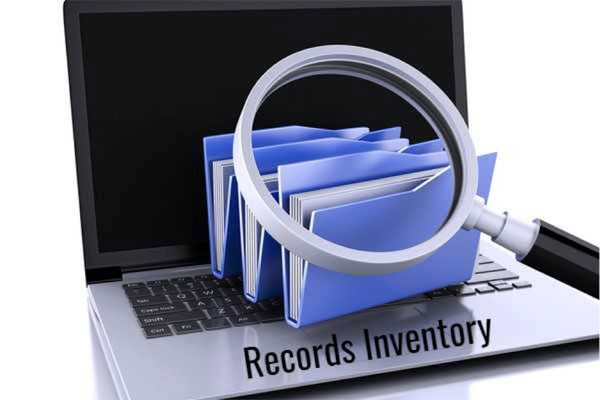 NARA’s deadline of December 31, 2019 for federal agencies to be managing all permanent records in electronic format is rushing toward us. Where does your agency stand in its preparations? If you’re not sure, your next step should be to assess your current inventory so that you understand what needs to happen over the rest of the year.
NARA’s deadline of December 31, 2019 for federal agencies to be managing all permanent records in electronic format is rushing toward us. Where does your agency stand in its preparations? If you’re not sure, your next step should be to assess your current inventory so that you understand what needs to happen over the rest of the year.
At its core, conducting an inventory means identifying records created or received by an agency to understand how to classify, retain, and/or dispose of them. As NARA states, the paramount goal may be gathering information for scheduling purposes, but your organization may also be gathering information to prepare for conversion to other media.
First, assign the appropriate personnel to the task. Since the inventory process can represent a significant and potentially complex effort, it’s ideal to have staff members experienced in dealing with records – like Records Officers – to oversee and conduct the process.
Next, identify where records are located, both physically and electronically. An inventory assessment can be a significant undertaking. Many agencies create or receive a prodigious number of documents, communications, and other records. In fact, NARA identifies 11 separate types of records, including electronic messages (emails), social media, web content, and digital media like images and video. These records may be spread throughout an agency, so one of the first steps in the inventory will be to identify potential locations. You might by starting with records that are easily accessible, familiar, and already ordered (like file rooms or specific offices). Label each shelf, cabinet, box, or other container or location as it has been inventoried. From there, branch out to records that may be in transit, flux, or unfiled. The same principle applies to electronic records as well: use some kind of label, notation, or organizational system to verify that those records have already been inventoried.
Since most agencies have records constantly in transit, make sure you have some way to identify files that have been missed or already reviewed. For example, if a record has been pulled from a file cabinet when you’re reviewing that area, ensure the missing record is returned to an “inbox” where it can be captured, rather than returning it directly to the cabinet. Use a program like a spreadsheet to capture record data for later sorting, de-duplication, and analysis.
Some information about each record will need to be captured in the inventory. For example, each record needs to be rendered into an appropriate transfer format in order to be transferred to NARA. Part of the inventory process involves identifying which records need to be digitized into which transfer formats, like the following:
Record |
Transfer format |
|---|---|
| Text Records | Plain ASCII (text files), Portable Document Format (PDF), or scanned images |
| Images | Tagged Image File Format (TIFF), Portable Network Graphics (PNG), Graphics Interchange Format (GIF), File Interchange Format (JPEG), or Basic Image Interchange Format (BIIF) |
| Data Files/Databases | Tables must be converted into files with fixed-length fields, or fields defined by specific delimiters |
| Web Records | Hypertext Markup Language (HTML) |
he inventory may possibly need to capture other information about the records, depending on the circumstances including metadata (like keywords or title), volume, intended disposition, etc. The inventory process is not limited to individual records, information elements must be captured regarding the different records systems within your enterprise such as data inputs and souces or the software environment, for your assistance NARA has compiled a list of elements to be captured.
The inventory process can be time-consuming, energy-intensive, and difficult. It’s easy to let records slip through the cracks. If your agency is struggling to find the time or staff, or to implement an effective process, consider bringing in some outside help. Experts can often dramatically shorten the time and reduce the effort required.
About PSL
Peniel Solutions, LLC (PSL) is a Digital Transformation (DX) and Cloud Service Provider (CSP) company delivering Development, Security, and Operations (DevSecOps) solutions for the federal government. Please visit us at www.penielsolutions.com and www.TransAccessDM.com.

